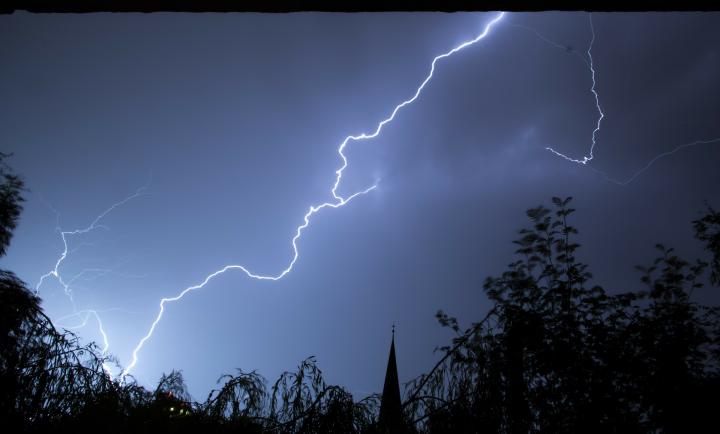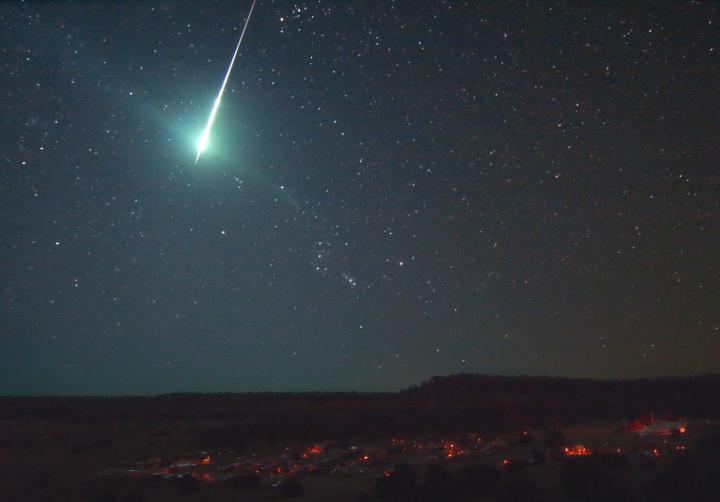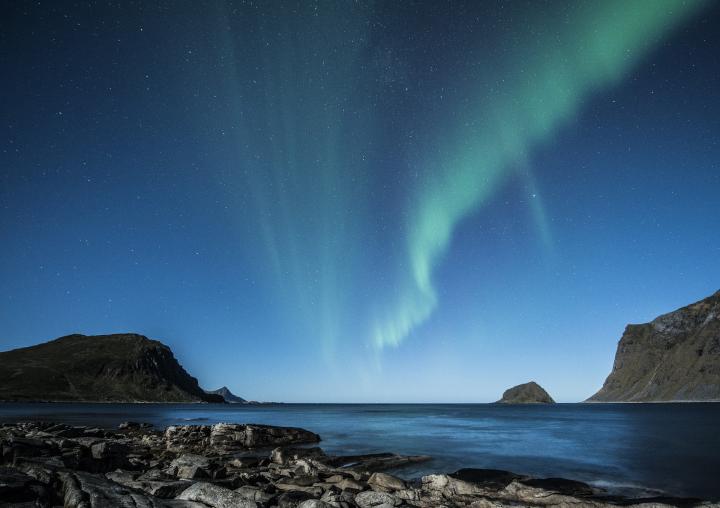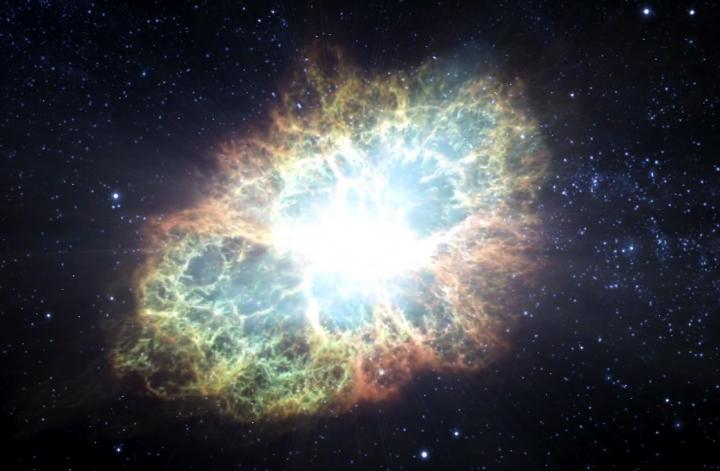We’re never too surprised when the night sky has a sudden flash. Sometimes it’s late-summer fireworks. And nature creates flashes too.
Lightning Flashes
The usual cause, of course, is thunderstorms. As the Almanac says, “Thunderstorms in July are nearly as abundant as ants at a picnic.”
Sometimes it’s surprising to see a flash of lightning when the sky is clear and starry. Such amorphous flickers of light are common in July and August. The usual culprit: distant lightning. Unlike winter clouds which are generally widespread and stratiform, the warm summer months often find clear skies in one community while billowing puffy thunderstorms erupt nearby.
Maybe that’s why people call such silent flashes “heat lightning.” Any distant lightning bolt may appear as a vague noiseless flash seemingly embracing the entire sky. “Heat lightning” is also common when high clouds are present. A cirrostratus veneer acts like a mirror and can reflect a lightning bolt from 50 miles away. Yet its thunder has dissipated. The rumble is absent if the lightning is more than 10 miles away, though favorable conditions can stretch that to 15 miles. Result: “Heat lightning.” See more about lightning types.

Exploding Meteors
When lightning is not responsible, the flash may have a true celestial origin—an exploding meteor. Called a bolide, these are meteors bright enough to flash and cast shadows, and they explore above your head several times each year. A bolide is technically a fireball that explodes in the atmosphere. Some of them light up the countryside with enough brilliance to awaken sleepers, who cannot be faulted for believing yet another alien mothership has decided to give them a free medical exam.
We often see comments about bolides (these exceptionally bright meteors) reported the Almanac Meteor Guide.

Auroras
Auroras, too, can cook up impressive ghostly flashes. Subtler than bolides and less staccato than “heat lightning,” these electric lightshows are best seen in rural skies on moonless nights, especially from the northern third of the US. Learn more about the Aurora Borealis.

Supernovas
Unfortunately, the greatest flashes in the universe—supernovas —have been avoiding our neighborhood since before the telescope’s invention. We haven’t had any in our galaxy since 1604. Perhaps it’s just as well.
If any nearby star blew up, life on Earth might be threatened by the resulting radiation. The closest supernova in our own lifetimes—the only one visible to the naked eye—happened in 1987 and lay a safe 700,000 lightyears away in an adjacent dwarf galaxy. It looked like a dim star to my group who traveled to the equator to see it.

One supernova per century per galaxy is considered normal. We’re overdue. So what are the chances we’ll get a supernova bright enough to cast shadows, this summer? Such brilliance would require the unfortunate star to lie within a few thousand light-years. The odds of a nearby star going ka-blooie before Labor Day is about one in 10,000.
By coincidence, one out of 10,000 clovers have four leaves instead of the normal three. So the next time you stroll on your lawn, look for a four-leaf clover. If you see one, well, that could be a sign we’ll be in for a surprise: the most intriguing sky-flash of them all!
